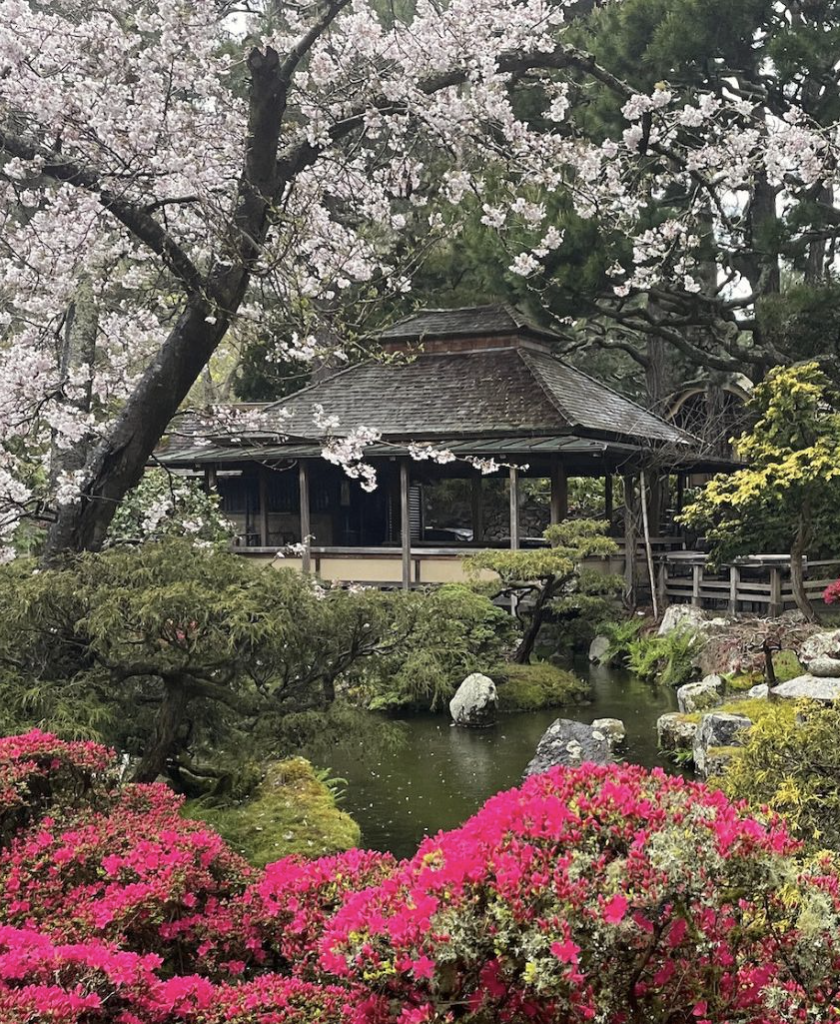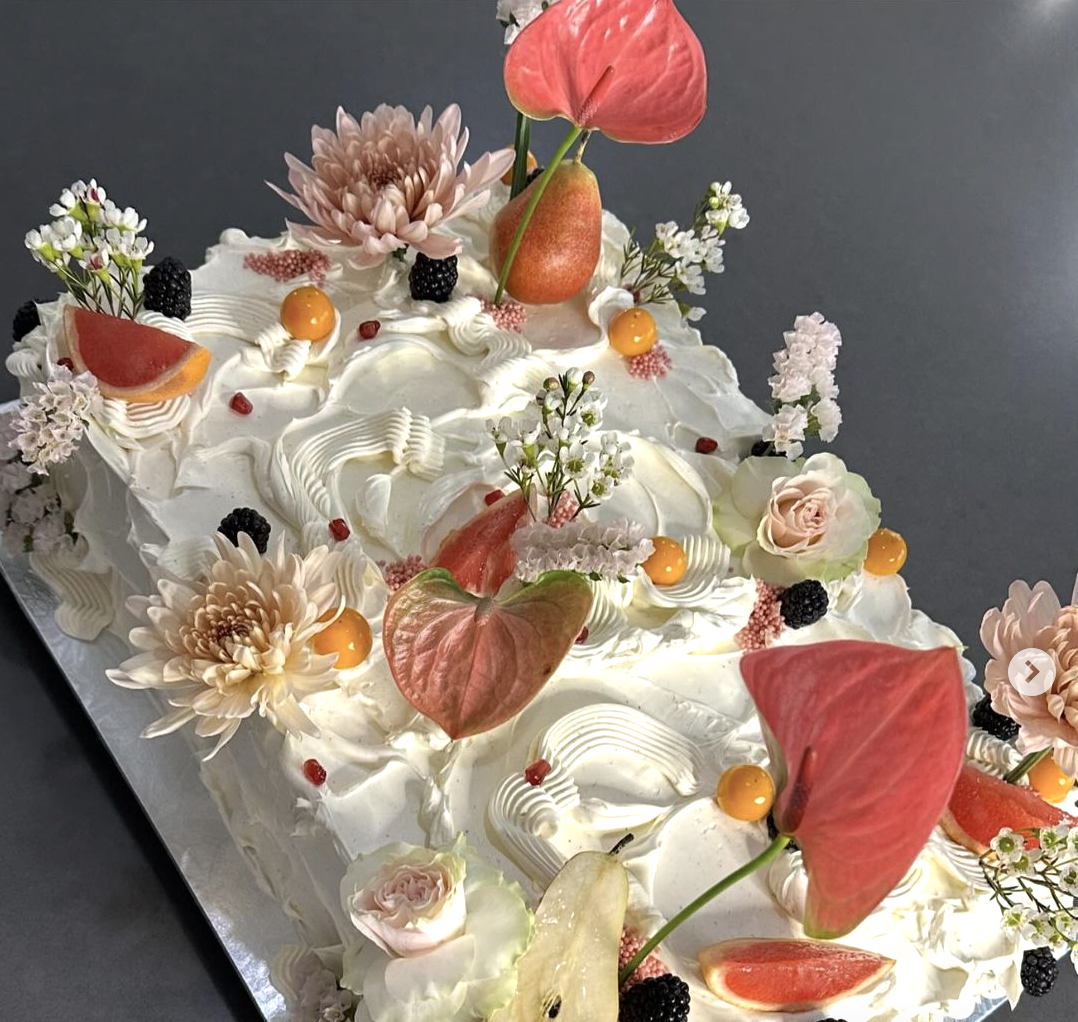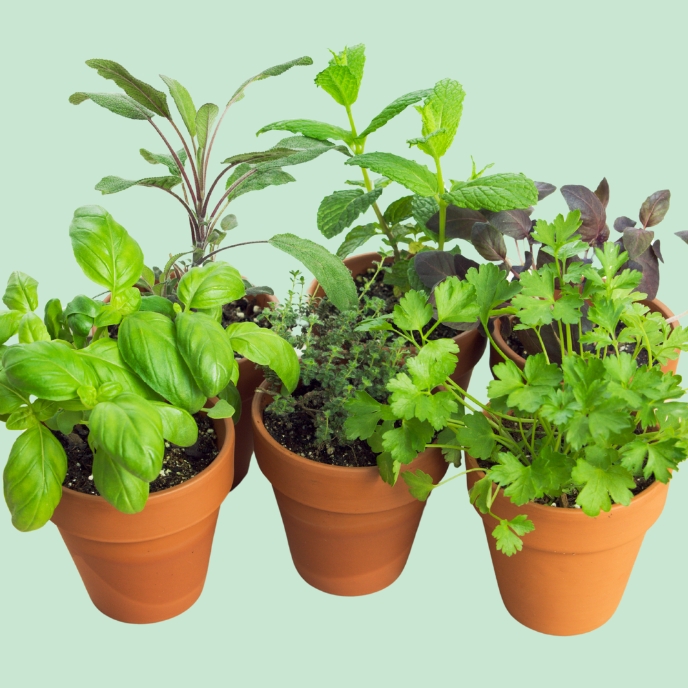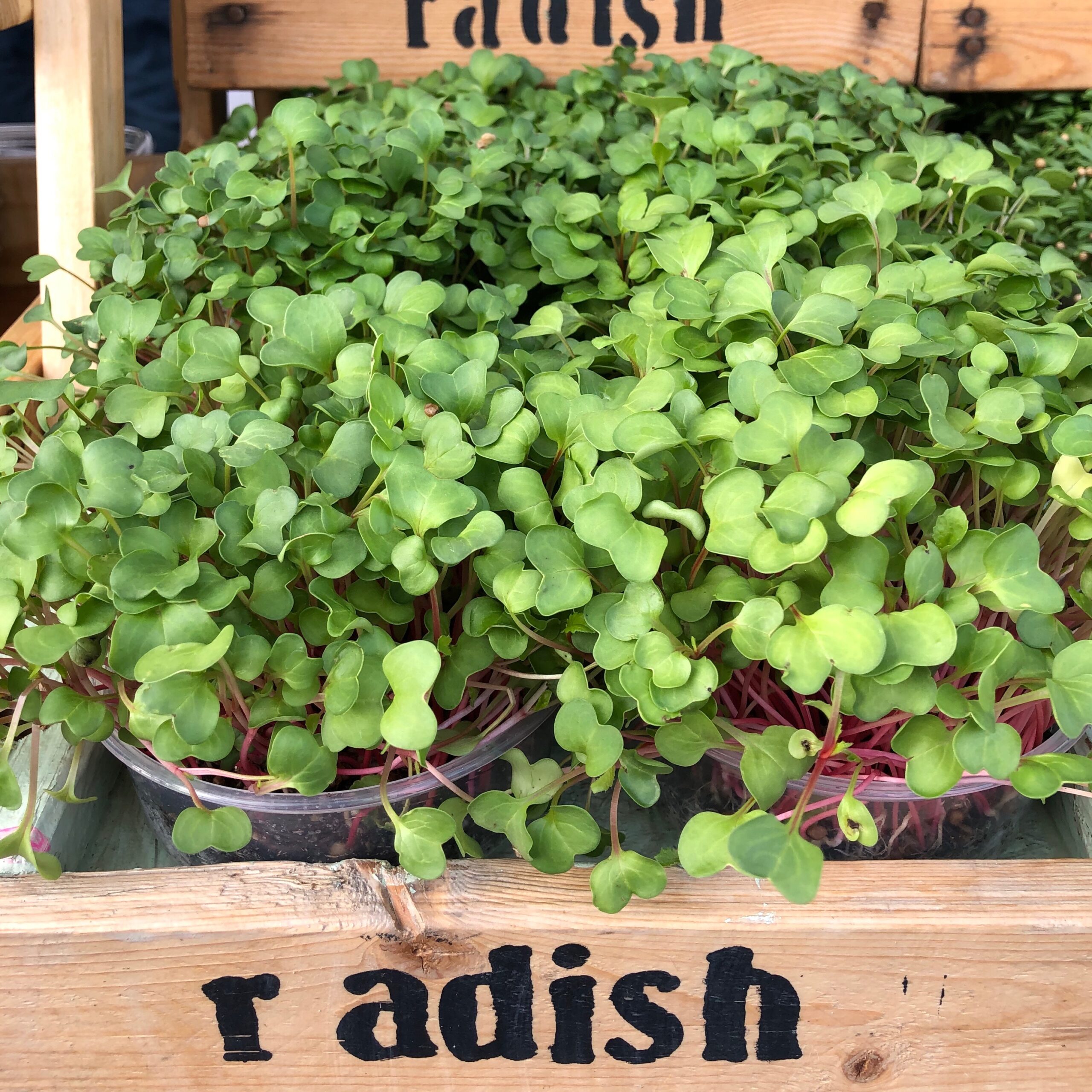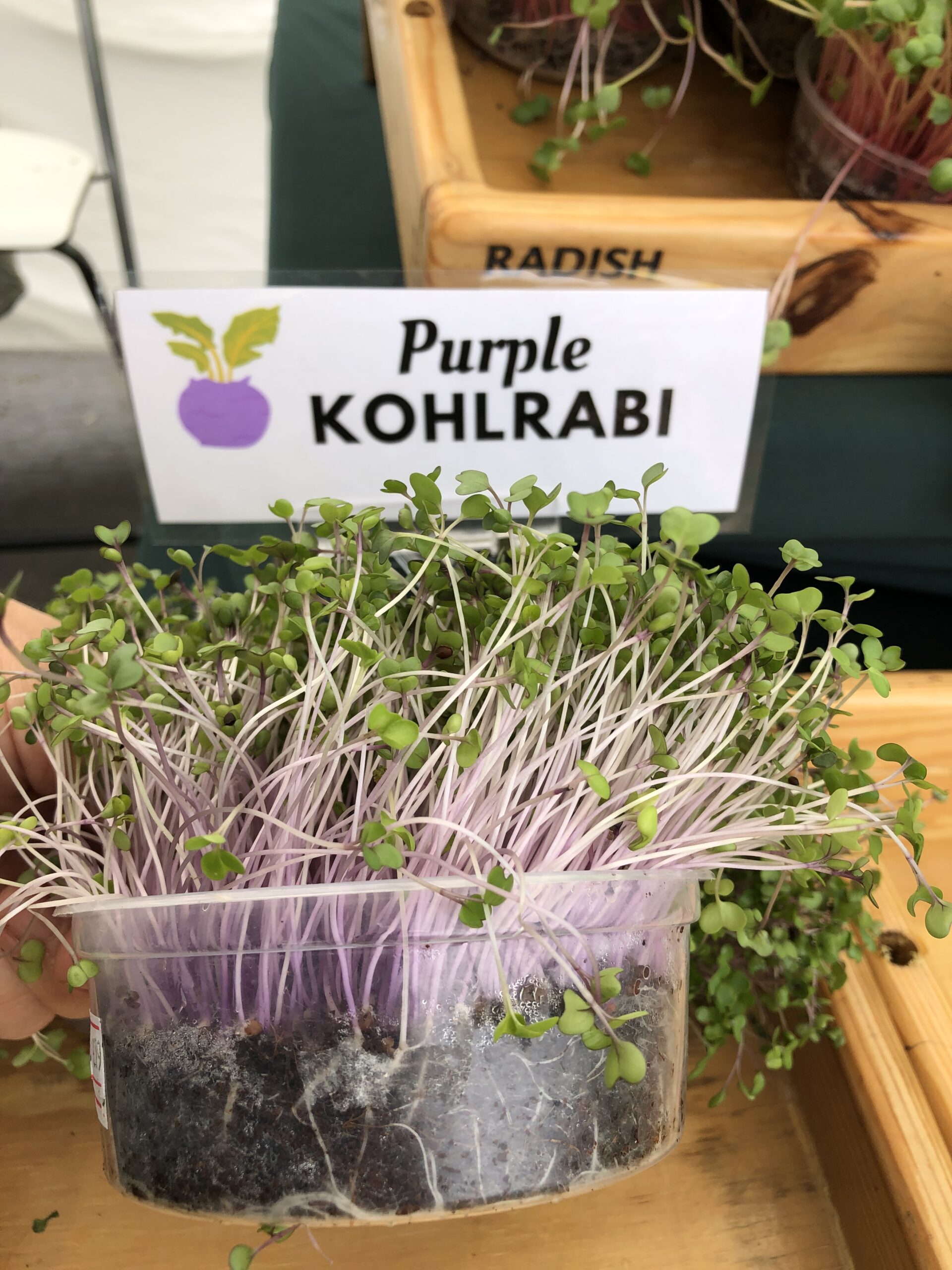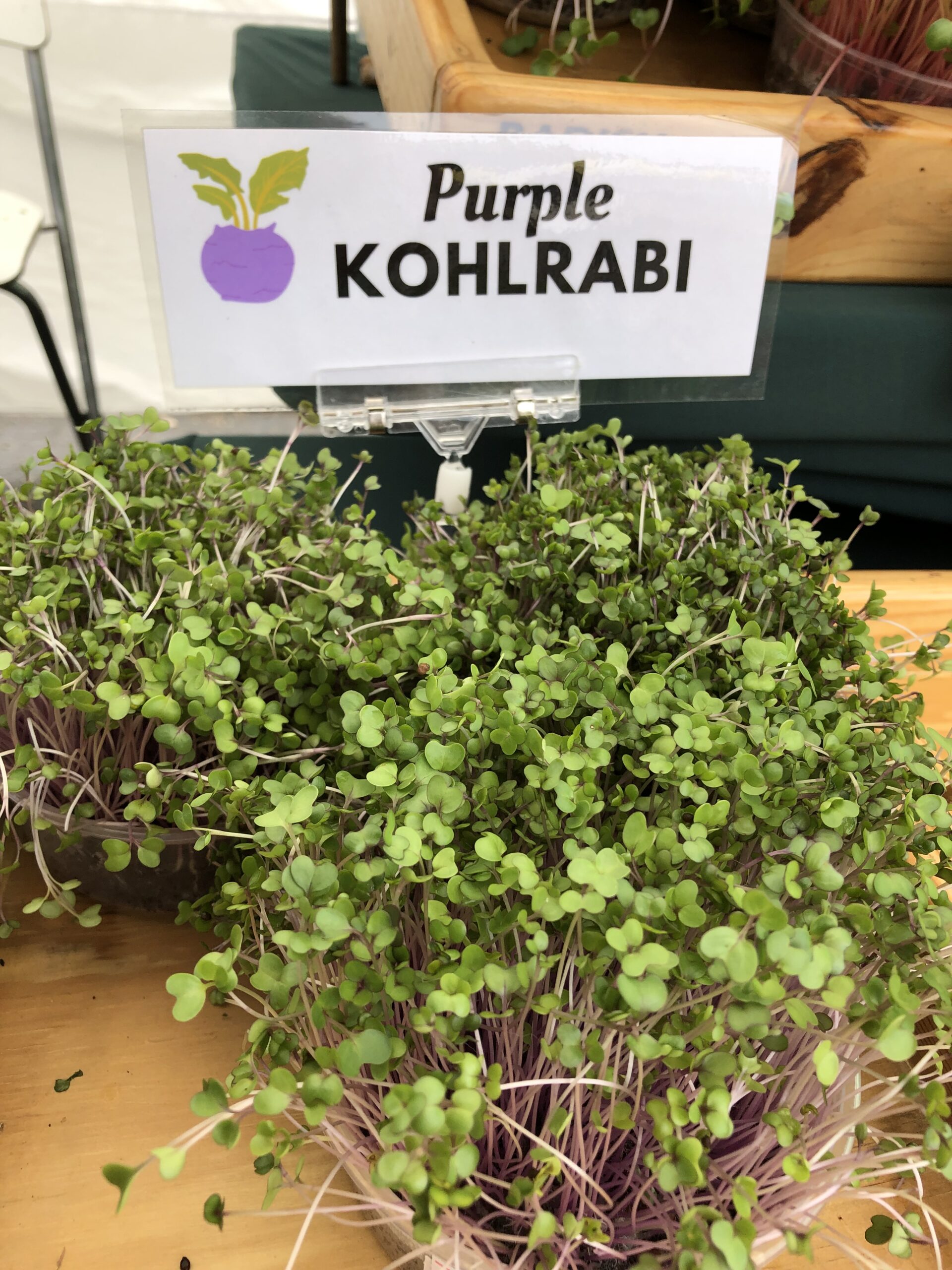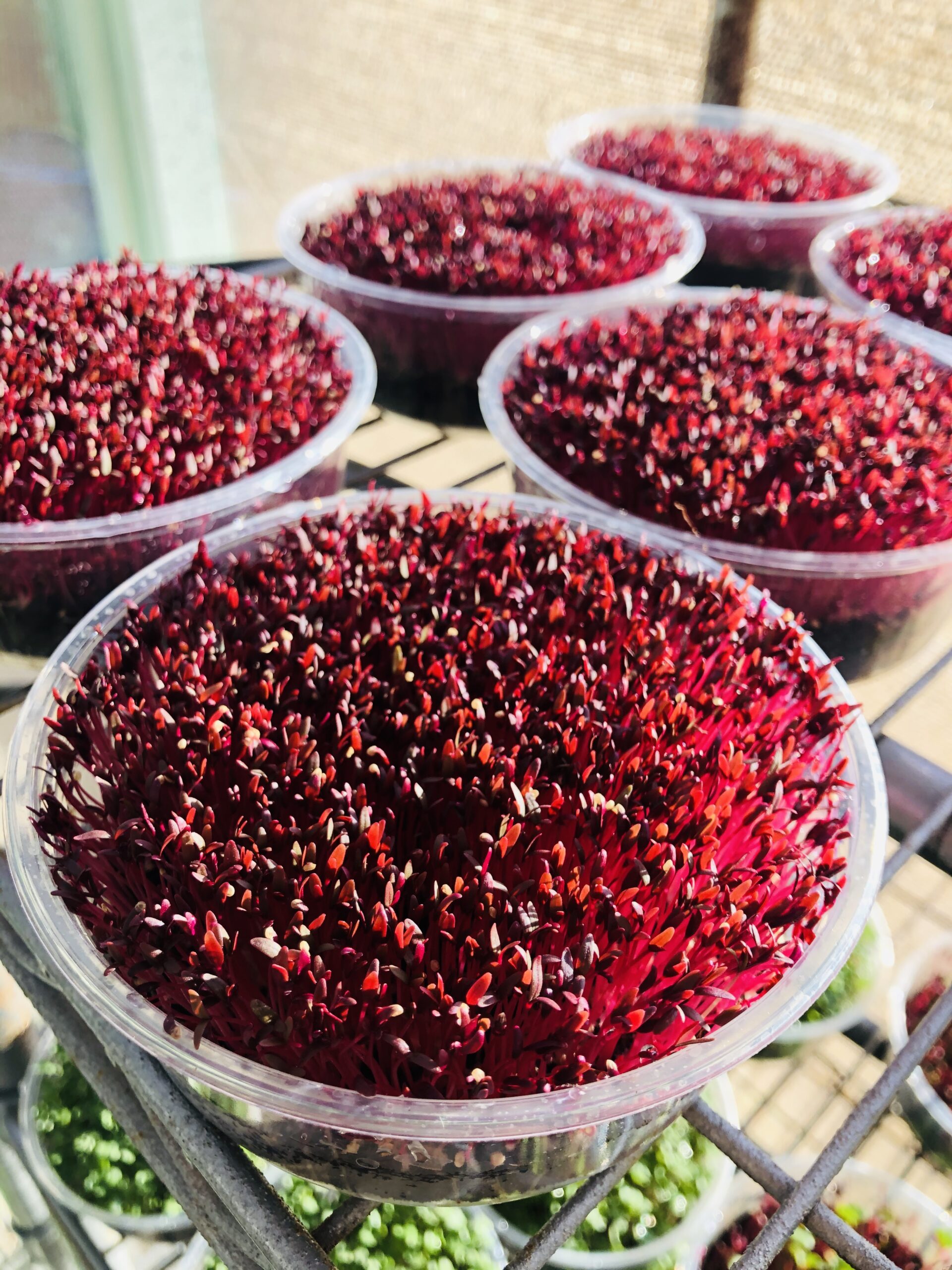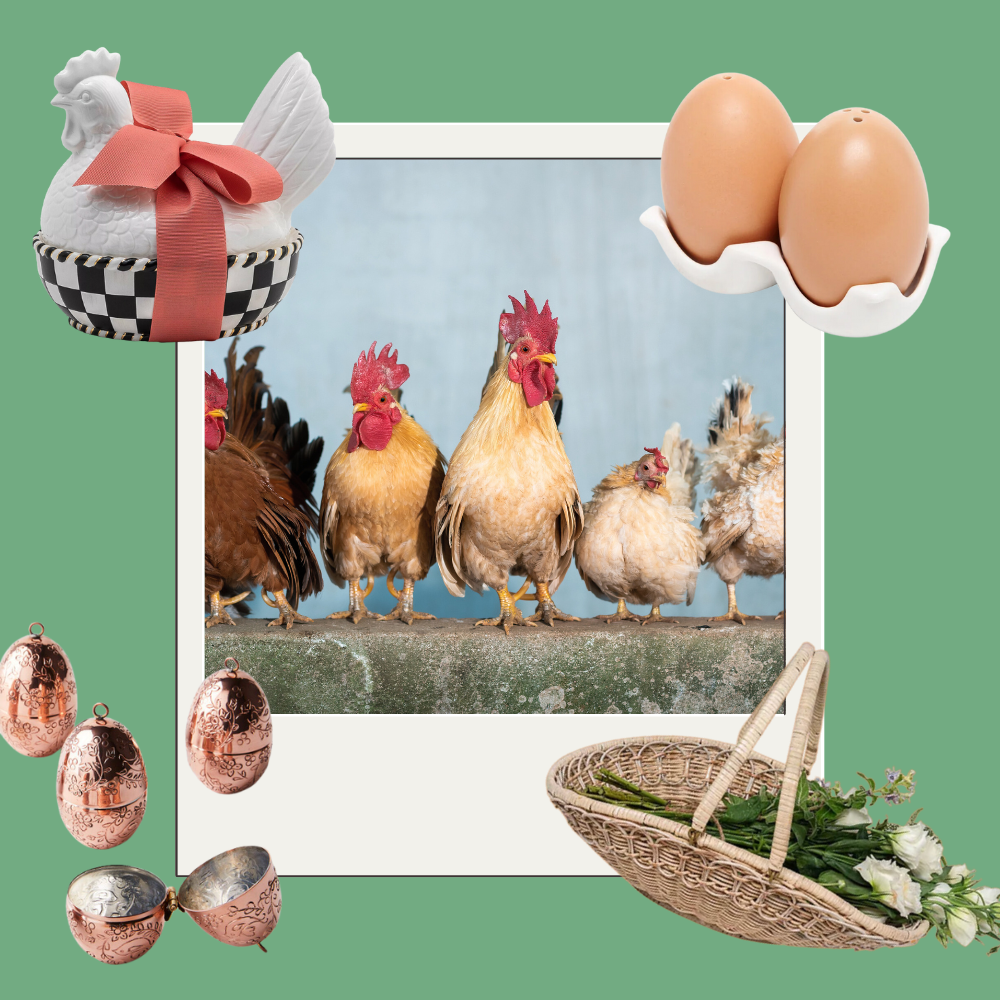Escape to the serenity of a botanical garden to reset and unwind. Forest-bathing is not accessible to all of us, but most cities have gardens, specifically botanical gardens with meandering paths teeming with nature’s abundance to get in touch with nature. Reserve a few hours to stroll a place where plants are the main attaction. Your mind will naturally unwind, your senses will take over. Gardens are the ultimate stress-zapper.
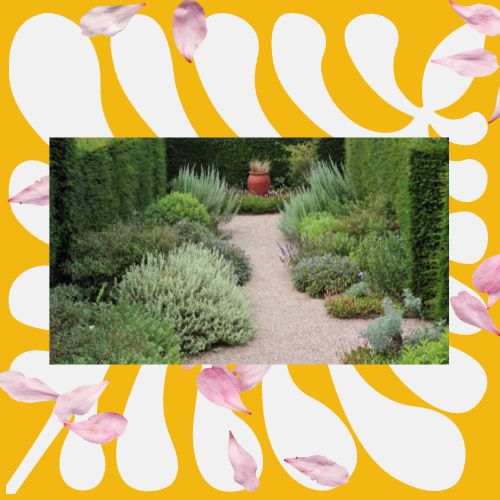
Do you walk down the street wishing all the trees, shurbs, and plants had name plates? In my alternate universe, all the street plants have name markers just like botanic gardens.
For several years when starting my microgreen business, money was so very tight, yet I still bought an annual pass to a botanical garden. San Diego’s Japanese Friendship Garden nestled in Balboa Park, the serene garden’s waterfall, cherry blossoms, bonsai trees and koi pond was a welcome escape from, well, everything. The San Diego Japanese Friendship Garden is also a member of the American Horticultural Society (AHS) which offers free reciprocal entrance into hundreds of botanic gardens across the country and so many others in Southern California. Seriously, what a deal!
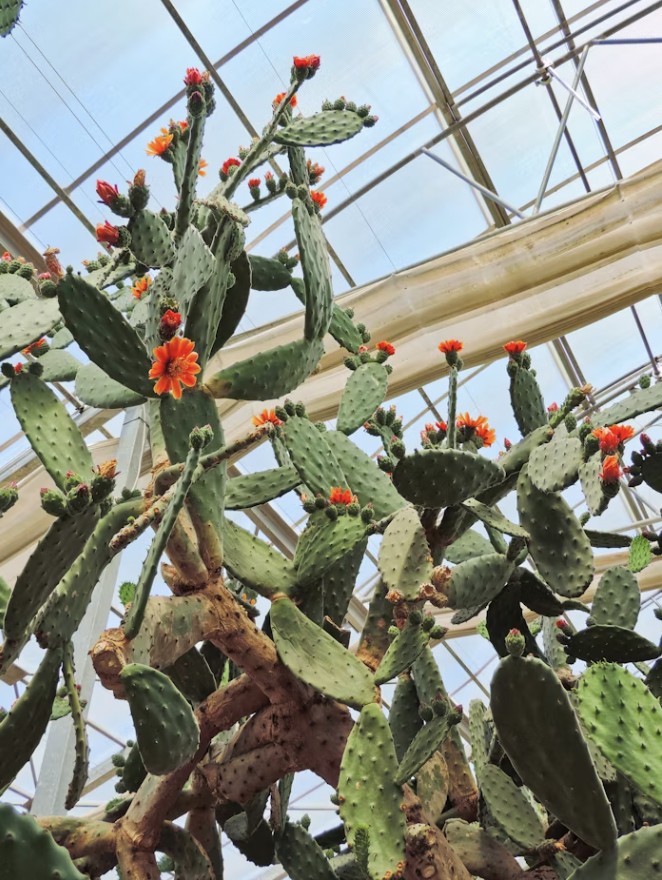
Last year, I lived 45 minutes from the hills of Berkeley, California where two botanical gardens thrive. Joining the UC Botanical Garden at Berkeley was the starting point for day trips to the Bay Area. Start at the garden for the stunning vistas, relaxing strolls, and visiting the cool shade of the redwood forest tucked in the Berkeley hills, then off to the busy streets of the many Bay Area destinations.
I am a member of the San Diego Zoo, which is also a botanic garden and plant rescue center. If you’ve never visited the San Diego Zoo, be sure to put it on your list. There are monthly plant days with special bus tours just for the plants! All the tours take place on weekdays, and I’m planning on using a vacation day this year to take the tour.

What is a Botanical Garden?
A botanical garden is a living museum dedicated to plants. Living plants, to be specific. Living plants change with from month-to-month, year-to-year and season-to-season, making botanical gardens museums of constant change.
Plants and trees are often grouped into collections by their native regions, giving the visitor a glimpse into the landscapes of far off places.
Botanical Gardens are the Ultimate Urban Sensory Reset
Walking through a natural space is an opportunity to let the brain rest. There are generally no cars barreling through a botanic garden or even streets or sidewalks. The urban background noise we are all so accustomed to is muted in a garden. I’m not talking about the squeaky hushed sound of an art museum. A botanic garden is outdoors.
The whisper of wind through leaves is the soundtrack at a botanic garden. Your brain can let down its guard a little, slow the vigilance. After all, a botanic garden, unlike a real forest, usually does not have dangerous wild animals lurking.
Walking into a garden is an opportunity to reset and let your senses explore. See the vibrant colors of nature, the curve of an old gnarly tree trunk, the movement of leaves in the breeze, and the smell of soil, musky scent of leaves, and alluring perfume of flowers.
Just be wary of touching plants you aren’t familiar with! No one wants a rash from an unknown plant, or to be stung by a bug!
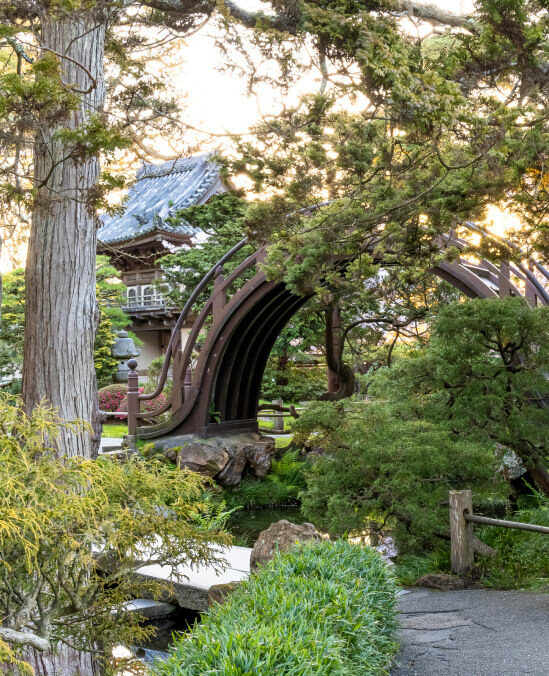
Where to Find A Botanical Garden
Obviously, the internet is the place to go for locating a botanic garden. There are several sites such as the American Horticulture Society and the American Public Garden Association to start your search. Many gardens are free to visit.
Some gardens may not be open year round, so do call ahead or check the website.
What to Bring When Visiting A Botanic Garden
Snacks and Water
Many, if not most, Botanic Gardens often do not have concessions. Come prepared with snacks and water. Even if you are visiting gardens with concessions, you might find yourself far away from the concession stand when hunger or thirst strikes.
Many gardens have picnic areas or tables, so bring a full lunch to enjoy. Be sure to bring napkins, the bathrooms may not be close to the picnic areas.
In cooler weather, I like to bring a big insulated carafe of hot tea, coffee or hot chocolate to sip while wandering the gardens.

What to Wear for a Day at a Botanical Garden
Walking Shoes
Close toed-shoes with a good tread are a must. You will likely walk on gravel or soil paths, up and down stairs and even duck under canopies. Wearing comfortable walking shoes is necessary.
Hat and Sunglasses
You will be outdoors. Wear a hat and sunglasses.
Clothes
Wear layers. You will want to peel off some layers after walking, especially if there are stairs or hills. Exercise clothes are a great option. You will be walking, so your clothes should be appropriate for a day of exercise. Ditch the heels, dress shoes, and fancy clothes for a day at a botanic garden.
Sunscreen and Bug Repellant
Are you a mosquito magnet like me? Bring some bug repellant in case the garden you are visiting has bugs that bite. Call the garden in advance to inquire about the biting bug situation.
Sunscreen (this one is a go-to)is a must if you plan on spending a few hours outdoors. Don’t forget the lip sunscreen– I always seem to burn my poor lips.
Epi Pens and Allergy Medication
If you need an epi pen for any reason (especially for bee stings) be sure to bring it with you to the botanic garden. If you have an emergency, the first responders may be delayed in getting to you. Have your emergency Epi Pen ready in case something happens.
Do you have seasonal allergies, take an anti-histamine before you go to the botanic garden. I like to have a couple Benadryl pills on hand. Benadryl can also help if you rub up against a plant that causes itching or a rash.
If you are bringing kids, consider a tube of hydrocortisone, antibacterial ointment and bandages– just in case.

Bringing Kids to the Botanical Gardens
Botanic gardens are great places to bring kids. Many have programs and camps for kids to learn about the natural world.
There are some cautions. It is important to instruct kids not to touch any plants unless you know they are safe. Some gardens encourage people to smell or feel specific plants known to be safe. However, there is always danger of harming the plants by people touching or breaking off leaves. And, of course the risk of having an allergic reaction to the plant.
Some plants, like cacti and roses, have spikes and thorns.
Plant Sales and Gift Shop
Botanic gardens often have plant sales to help raise money. It is a great place to find unique plants and learn from the experts at the garden about best planting practices.
I love browsing the plant sales at botanic gardens. It’s just as fun as wandering the garden themselves.
The gift shops are great places to pick up gifts for garden lovers because of the curated selections.

Things to Consider
Bathrooms
If you have specific bathroom needs, do call ahead to find out if the garden will meet your needs. Some gardens do not have bathrooms at all and other have just a few bathrooms. Remember, there may not be sewer lines running through the entire garden, so bathrooms may not be available.
If you are worried about certain parts of the garden without access to a nearby bathroom, inquire about bathroom locations or consult the garden map before setting out. Some gardens may have accessibility options like the ability to request a pick-up by a staff vehicle/golf cart.
Accessibility
If you have special needs related to mobility, call to find out if the botanic garden you are planning on visiting has paved areas that are accessible, regularly situated benches or seating, or whether some parts of the park have hills or stairs too steep for wheelchair access.
Don’t rely on a map alone to warn you about unpaved or steep paths.
Many large gardens have paved walking areas or paved roads for staff access, providing access for people with disabilities. However, many parts of botanic gardens may be inaccessible for folks due to the narrow, unpaved, paths.
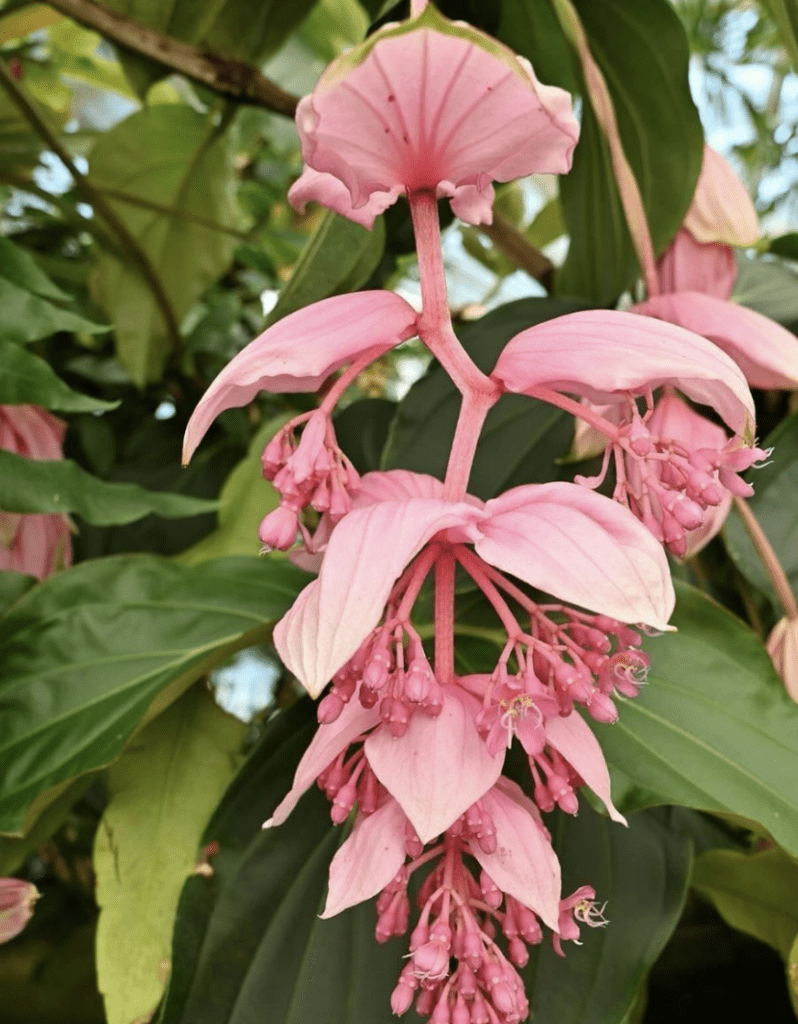
Pets
Do you have dogs? Many botanic gardens allow dogs. I’ve wandered the Santa Barbara botanic garden with a delighted pooch. Sharing the experience with your pet makes a visit to the botanic garden even more lovely.
Check the website or call ahead to inquire about whether pets are permitted.
Do bring poo bags (we like these ones with handles), a travel dog water bottle/bowl, and water for your pup. Also, if the garden has a lot of asphalt and it is a warm day, plan your trip to avoid walking on the asphalt, else your pooch will burn its paws. That would be terrible. You could also get them some dog shoes, as silly as they may look.
Botanic Gardens in California I’ve Visited & Recommend
I’ve personally visited all the following botanic gardens. They are wonderful and do not disappoint. Tell me what botanic gardens you recommend!
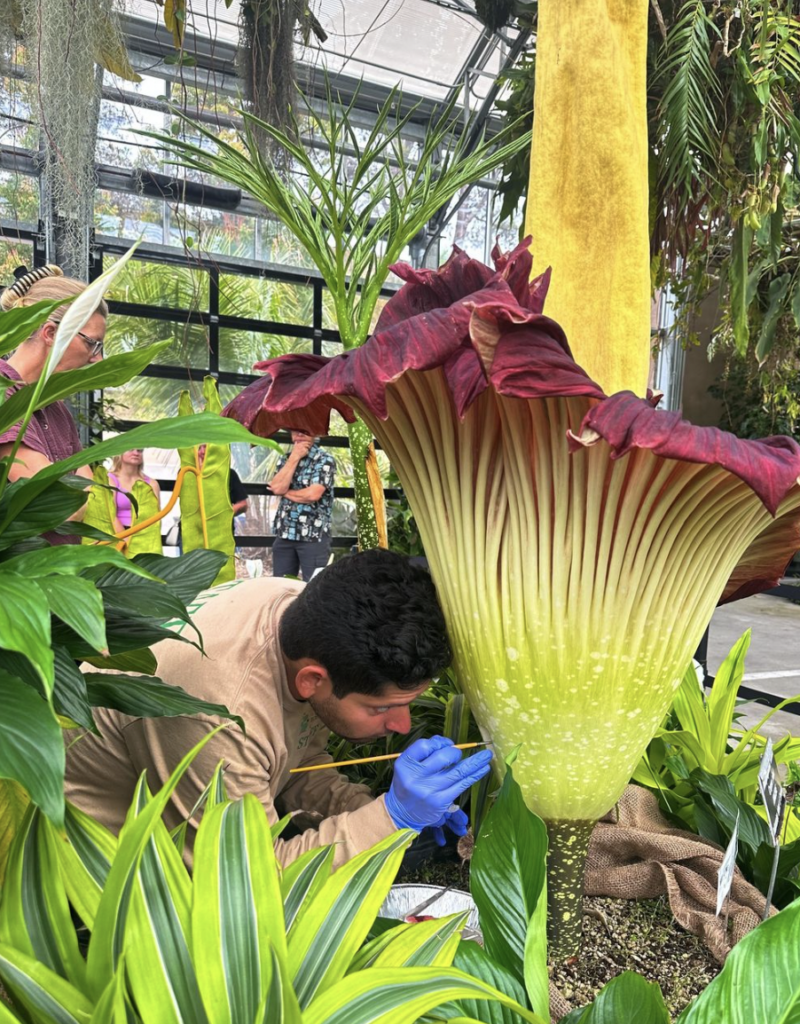
San Diego
Balboa Park Botanical Building and Balboa Park
Los Angeles
Orange County
Fullerton Arboretum and Botanical Garden
Santa Barbara County
